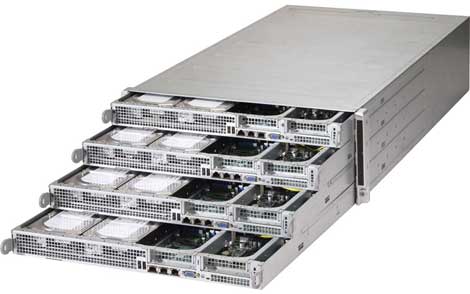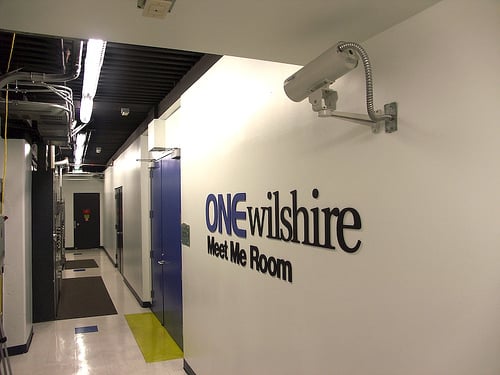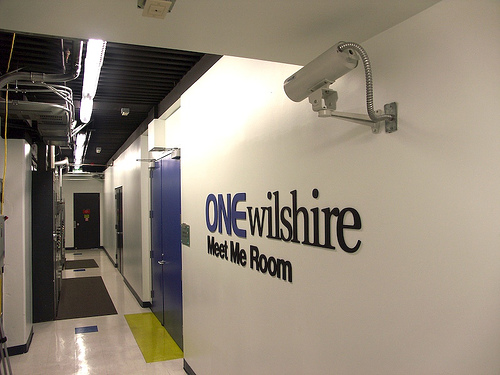
Top 10 Troubleshooting Tips for Webmasters
April 2, 2013
Supermicro offers storage solution for Big Data, Hadoop
April 3, 2013Inside the MMR each tenant connects to pre-installed hardware located on a secure side of the room.
Inside the data center, meet-me-rooms connect carriers to tenants. In a carrier neutral facility, multiple colocation providers will use the MMR (meet-me-room) to connect to multiple carriers.
This process is also referred to as peering, and is basically a way for carriers to cut costs. There are at least 3 common ways in which interconnections can be made between a provider and tenant. They are as follows:
Cross Connect
Inside the MMR each tenant connects to pre-installed hardware located on a secure side of the room. The connections are then sent to the tenants MMR space where they are routed accordingly. Cross connections do pose a threat to some carriers as other tenants could accidentally dis-connect one another during an installation process. However, this mishap can be avoided by using a MMR that is professionally managed.
Direct Connect
As mentioned above, each client has their own secure side of the MMR in which they rent. A direct connect is were a carrier connects directly to a tenant, patching in directly to the equipment rack. In this scenario, both the client and carrier have access to the MMR.
Direct Connection (Extended Control)
The other type of direct connect is where each carrier connects with each client’s equipment rack. This connection method enables clients to easily manage the cabling housed within the MMR. Technically speaking, operational control of connections changes hands with each tenant.
Access and Control
The MMR is but one component of the colocation business model and depending on the type of tenant agreements you are dealing with, access and control should be limited to building management only. This will avoid cross connections from being inadvertently disconnected by other tenants.


